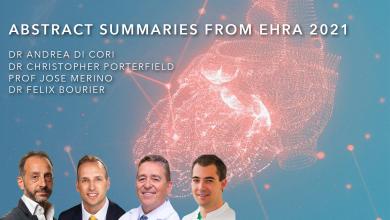
Jose L Merino
Director of the Arrhythmia– Electrophysiology Research Unit
Hospital Universitario La Paz, Madrid, Spain
Biography
Jose L Merino is Director of the Arrhythmia– Electrophysiology Research Unit at La Paz University Hospital in Madrid. His research focus is the clinical management of arrhythmia and interventional electrophysiology, and he has published more than 100 peer-reviewed journal articles. He is also involved in the development of pre-market-release versions of electrophysiology navigation systems. Dr Merino is Past President of the Working Group on Arrhythmia and Chairman of the Accreditation Committee of the Spanish Society of Cardiology. He is also Past Chairman of the Accreditation Committee of the European Heart Rhythm Association (EHRA) of the European Society of Cardiology (ESC), a member of the Organising Committee of the past and next Europace congresses and a member of the EHRA’s Scientific Initiative Committee. Dr Merino serves on the Editorial Board of several journals, including EP-Europace and Revista española de cardiología, and is a Fellow of the ESC and an honorary member of the Argentinian and other Latin American societies of cardiology.
Media
Jose L Merino, Jason G Andrade, Dhiraj Gupta, et al
Tarv Dhanjal, Isabel Deisenhofer, John D Day, et al
Articles by Jose L Merino, Director of the Arrhythmia– Electrophysiology Research Unit
David Filgueiras-Rama, Jose L Merino,
Citation: Arrhythmia & Electrophysiology Review 2013;2(1):59-64
Jose L Merino, José López-Sendón,
Citation: European Cardiology 2010;6(4):64–9
Bich Lien Nguyen, Jose L Merino, Eli S Gang, et al
Citation: European Cardiology 2010;6(3):50–6
Jose L Merino,
Citation: European Cardiology 2009;5(1):27–31








